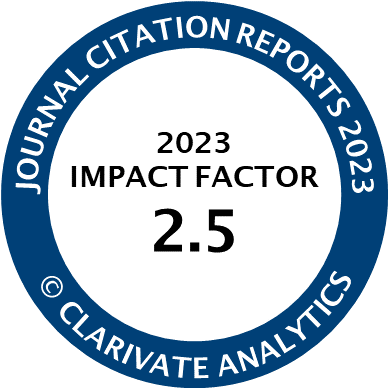Article | Open Access
The Representative Potential of Interest Groups: Internal Voice in Post-Communist and Western European Countries
| Views: | 2256 | | | Downloads: | 1099 |
Abstract: Why do some interest group systems provide group members with more elaborate voice opportunities than other systems? We argue that evaluating membership voice is important for understanding the representative potential of interest group systems. An adequate understanding of “voice” forms the basis of “context”-embedded assessments of benchmarks such as interest group bias, interest group representational distortion, and interest group-driven policy overload. We examine two competing hypotheses on the differences in internal voice in Eastern and Western Europe. Primarily, case-specific arguments lead us to expect a weaker internal voice in post-communist Eastern Europe compared to Western Europe. Conversely, some theoretical approaches, such as population ecological organisational theory, lead us to expect a relatively weak membership voice in the organisationally saturated Western European systems. We assess these two hypotheses on the basis of an international survey of interest group leaders and observe, in line with the population ecological hypothesis, that members of Western European interest groups, compared to those in post-communist countries, are perceived as having less influential voices in internal decisions on policy positions. We conclude, neither optimistically nor pessimistically, that there is a meaningful representative potential of interest group systems supporting democratic societies, also, or even especially, in the post-communist countries studied.
Keywords: democratic backsliding; Eastern Europe; interest groups; post-communist countries; representation; Western Europe
Published:
Issue:
Vol 11, No 1 (2023): Democratic Backsliding and Organized Interests in Central and Eastern Europe
Supplementary Files:
© Marcel Hanegraaff, Joost Berkhout, Jan Beyers. This is an open access article distributed under the terms of the Creative Commons Attribution 4.0 license (http://creativecommons.org/licenses/by/4.0), which permits any use, distribution, and reproduction of the work without further permission provided the original author(s) and source are credited.




